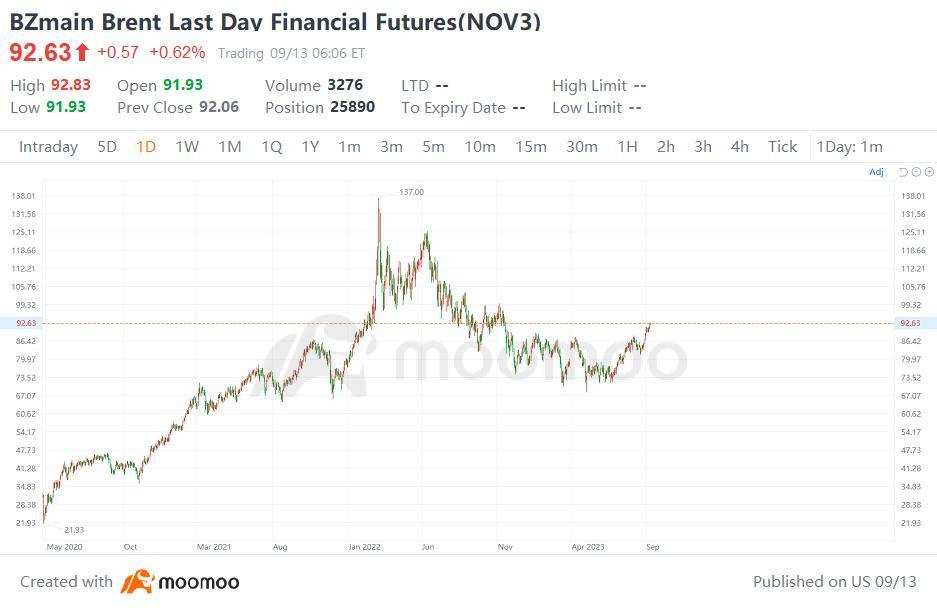Taking history as a mirror,sorting out the reasons for the rise and fall of oil prices
Welcome to follow me and communicate together~
Similar to other asset prices, the price of oil is driven by the relationship between supply and demand. The supply side is primarily impacted by geopolitical factors, while the demand side is mainly driven by the economic performance of major economies.
By taking a historical perspective and examining the reasons for the significant decline in oil prices from 2014 to 2016, as well as the substantial increase in oil prices from 2016 to 2018, a more concrete understanding of the influencing factors can be gained.

From 2014 to 2016, oil prices fell by $85. On the demand side, from 2014 to early 2016, the slowdown of the global economy, particularly in emerging markets such as China, drove down oil prices.
On the supply side, Saudi Arabia made a strategic decision to supply a large amount of crude oil to the market to regain market share. This involved increasing supply to depress oil prices and make it unprofitable for higher cost US shale companies to produce until they stopped production.
This ultimately led to a 25% increase in the trade-weighted US dollar index during this period, as well as downward pressure on commodity prices.
The oil prices rebounding largely reflected a reversal of the previous stage. On the demand side, global economic growth sharply rebounded in 2016 due to China's stimulus policies and extremely loose monetary policies implemented by developed country central banks.
On the supply side, Saudi Arabia changed its policy of oversupply due to domestic considerations, leading OPEC and Russia to reach an agreement to significantly reduce production. Many analysts at the time believed that any significant increase in oil prices would inevitably be met with a surge in US shale oil production, but this idea proved false.
US production was lower than expected, and many energy companies focused either on repairing their damaged balance sheets during the 2014-2016 oil price collapse or faced capacity constraints, such as limited pipeline transport capacity and inadequate investment.
As a result, US production was lower than estimated, and the more obvious compliance with production cuts by OPEC and Russia led to tighter supply and decreased inventory levels. It is worth noting that in the context of tight supply, the oil market is more vulnerable to changes in supply from major oil-producing countries, such as Venezuela and Iran, while the US may also resume export sanctions against Iran.
In addition, Saudi Arabia intends to list its state-owned oil company, Aramco, which is valued at $2 trillion, so the country's leadership intends to continue to support oil prices.
Although US shale oil production is still expected to increase further, the tight supply-demand situation and geopolitical developments suggest that oil prices will continue to rise during this period.
In conclusion, predicting the trend of oil prices is too difficult.
Disclaimer: Community is offered by Moomoo Technologies Inc. and is for educational purposes only.
Read more
Comment
Sign in to post a comment

Zul Zulkifli : $Tesla (TSLA.US)$